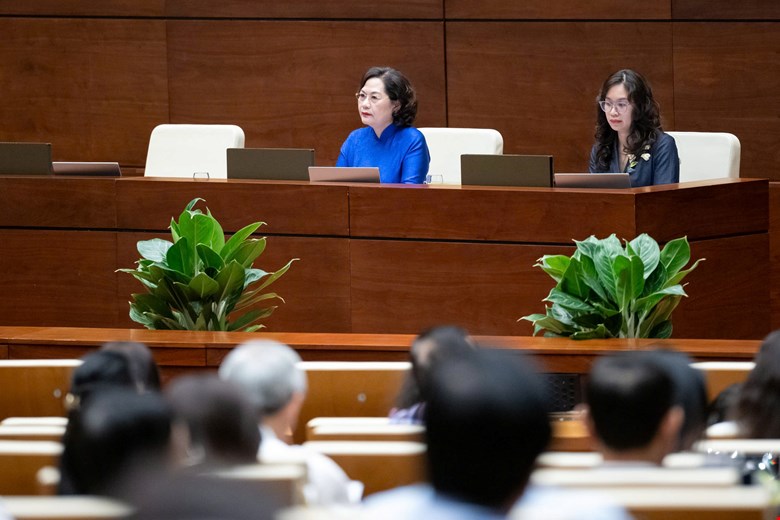HCMC – Vietnam’s central bank is urging commercial banks to expand green credit, but unclear guidelines are hampering growth in green finance.
Nguyen Thi Hong, governor of the State Bank of Vietnam (SBV), told the National Assembly on Monday (November 11) that banks currently lack a clear definition of what qualifies as “green” lending. Without this guidance, banks remain hesitant to increase funding for environmentally sustainable projects, she said.
The SBV has issued multiple directives to promote green finance, including policies on environmental risk management and resources for green loans. A recent initiative, co-hosted with the Ministry of Agriculture and Rural Development, focuses on developing one million hectares of low-emission rice farming.
Green finance has expanded significantly since 2017, with the number of participating banks growing from five to 50 and total outstanding green loans reaching around VND650 trillion. Of this amount, around 45% finances renewable and clean energy projects, while sustainable agriculture receives about 30%. Credit extended with environmental risk assessments now totals VND3.2 quadrillion, out of VND15 quadrillion in system-wide debt.
Despite these advances, Hong emphasized the need for clear regulations on green project classifications, which would enable more targeted lending.
Banks also face challenges in funding large-scale green projects, as these typically require long-term investment, while 80% of deposits in Vietnam are short-term.









